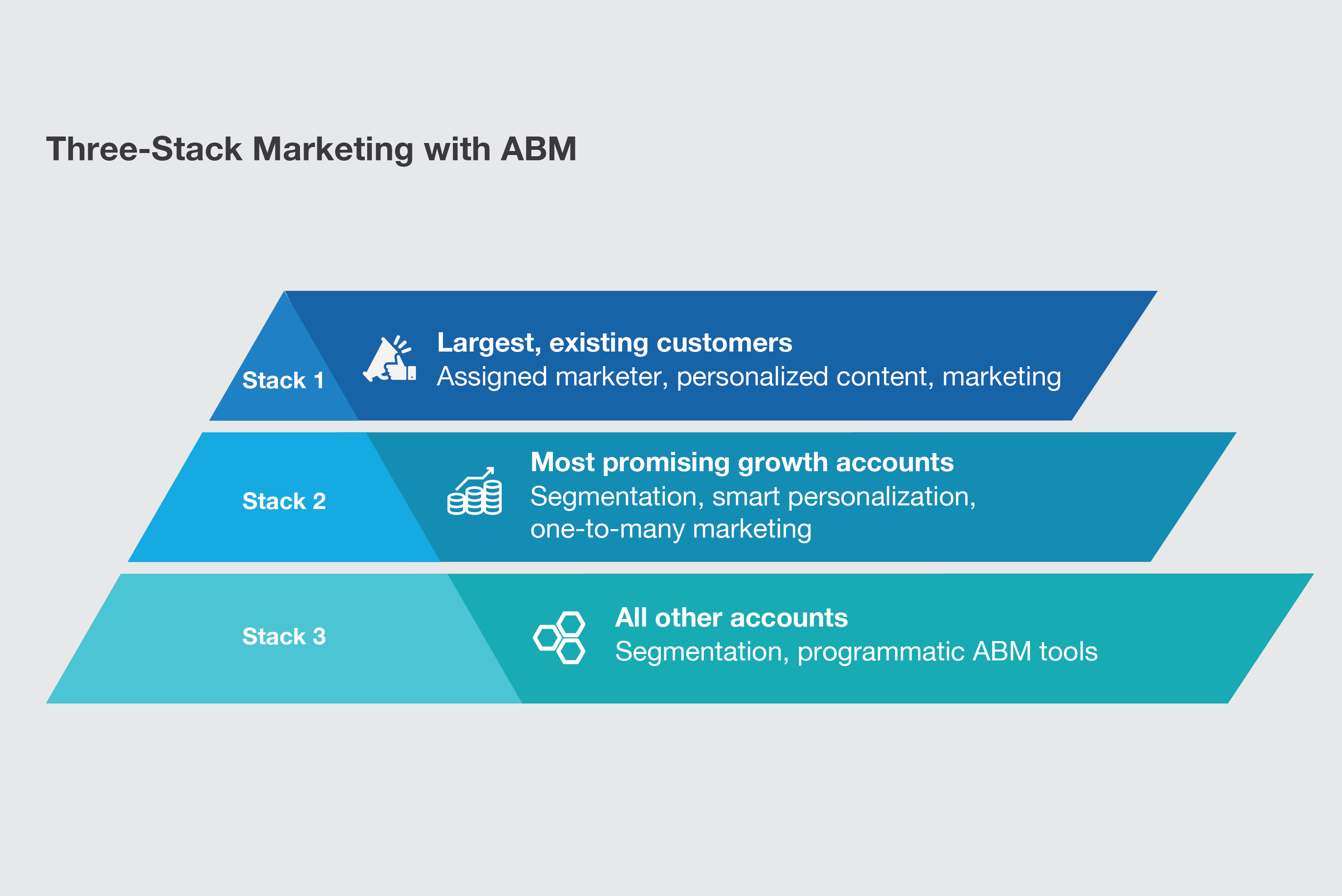How (and Why) Introduce Data Science in Content Marketing
How (and Why) Introduce Data Science in Content Marketing

Not only is content marketing a pain to make it work, but often you are not sure whether it is delivering enough results. We are a content marketing company, and yes, we can corroborate your story. In our experience too, a lot of companies are still not sure what is working for them, and what isn’t. But consider this. Your advertising campaigns have also always suffered from the same doubts. You try many, many variations around creatives, keywords, landing pages, media properties. After trying multiple options, you figure out which particular combination delivers the best results, and then you put large media spends around those successful combinations. Why should content marketing be any different? To this you might say, content marketing budgets are nowhere as big as advertising budgets. So that prevents you from orchestrating large-scale experiments to work out what’s going to succeed. So how do we improve our chances of running with content marketing campaigns that are likely to succeed, with fewer orchestrations? Bring in Data Science. Now, that’s an all-encompassing field, which can be leveraged along multiple dimensions. And it is also true that there is too much of data that you are already dealing with. According to a Forrester study, companies use only 12% of the data available at their disposal. What we are about to suggest does not require large amount of data analytics. It relies on smartly choosing what data you want to work with, and then work with it, well, smartly. What is this data-driven content marketing about? In a nutshell, it focuses on a more robust evaluation of content topics you could align with. It’s about finding the closest fit between what you want to promote, and what is currently trending among your prospects and solution verticals. To do that, we recommend a three-step approach. Step #1: What are trending search topics We don’t tend to use the Google Keyword planner half as much as we probably should. In our experience, it is one of the best ways to build an initial shortlist of topics that are popular currently. For the typical B2B topics, you will find the search volumes won’t be significant, but that’s not where the value lies. As you track generate this list on a fortnightly basis, it’s the changes that that you are looking for. New keywords, or sudden spurts in topics of interest to you – those events are valuable indicators of audience interest. The keywords that come up in this list should inform the topics for your content campaign. But before you action writing content around it, some validation is in order. Step #2: Musings in the blogger world Every significant topic, be it key technology themes or functional disciplines, has an active blogosphere. You will know some of those bloggers already, but make a concerted effort to identify all the experts in your area of interest. In most cases, their output can be tracked through RSS feeds, and in some other cases, they have an active Twitter feed. Set up tracking for all such bloggers with any of the social media dashboards you use. Now, for the list of keywords you generated with the Keyword Planner, check for blogger activity. If those experts are also talking about it, you have your validation. There’s definitely some buzz around your topic of interest, which you should definitely be part of. What you then need to ensure is that the angle at which you come at the topic is a hit with your target audiences. Step #3: Social media as the popularity signal So far, what you have got is a topic that is trending, and in an area of interest to you (because you have strong solutions in that area). You still need to add some more data signals to your content piece to improve the chances of it succeeding in the market. Scan the social media for content items in that topic that have generated the maximum buzz. Check for content items with maximum likes and shares. In the headlines of those content items lie vital cues on how you should focus your piece for maximum attention. Once you are done with this social scan, you are pretty well covered. You have used data signals to identify what topic is trending; you then validated through the expert-chatter in the blogosphere; and then you identified the social cues that will likely deliver higher audience engagement. These three basic steps should be a good starting point to do better content marketing, with some rudimentary data science. There are more advanced data-driven techniques that can further optimize your content marketing campaigns. Competitor content audit is one of them, but that requires a deeper data dive. To explore those opportunities – and even implementing the above content strategy in a robust manner, you should consider bringing in the experts – such as us. (MWG is global content marketing agency, with clients including Fortune 500 firms and global consultancies. Our content marketers configure thought leadership solutions across enterprise technology solutions.)


